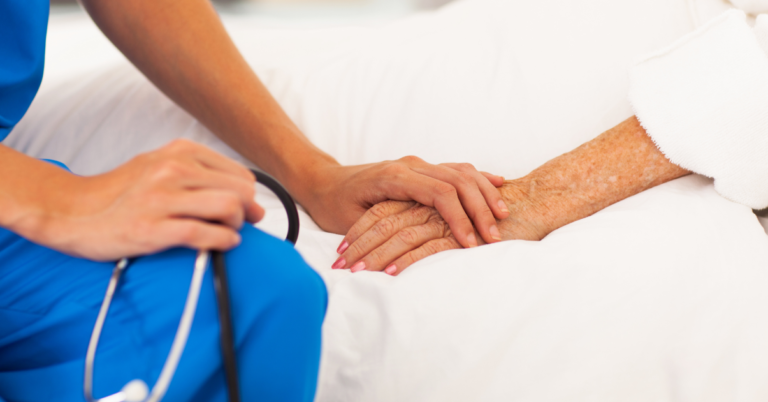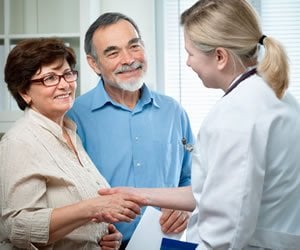
Choosing a Residency That’s Right for You
If you are in medical school, you have been making choices for a long time ... Read more
Written by: Brian Wu
Published on: June 6, 2016

If you are in medical school, you have been making choices for a long time ... Read more
Written by: Brian Wu
Published on: June 6, 2016

Updated December 1, 2021. The article was updated to correct minor grammatical errors and to ... Read more
Written by: Coalition for Disability Access
Published on: May 5, 2016

It wasn’t so very long ago that the typical medical student went straight from high ... Read more
Written by: Brian Wu
Published on: April 6, 2016

Though the emphasis of the medical school application process lies on academic achievement, there are ... Read more
Written by: Anubodh “Sunny” Varshney
Published on: March 9, 2016

Originally posted in 2016, this article was adapted from an SDN forums thread provides quick ... Read more
Written by: Lawper
Published on: March 2, 2016

After coming home from a long day at the library studying for my cardiology exam, ... Read more
Written by: Madeline Minh
Published on: March 1, 2016

Interview season. The time of year that roads and skies swarm with the best and ... Read more
Written by: Myers Hurt
Published on: January 11, 2016

While there were many engaging sessions held at the 2015 UC Davis Pre-Health Conference, a ... Read more
Written by: Suzanne Barston
Published on: December 16, 2015

The transition to clinical clerkships in medical school comes after two years of lectures, in-class ... Read more
Written by: AJ Nguyen
Published on: December 4, 2015

Reposted from here with permission She was a petite, otherwise well-appearing woman, apprehensively sitting at the edge ... Read more
Written by: Nita Chen
Published on: November 25, 2015

As third year medical students you’re rotating through your general specialties and you think you’re ... Read more
Written by: Eric Chow and Christopher Terry
Published on: August 31, 2015

As a medical student, you spend four years of college and the first two years ... Read more
Written by: Judith Kalinyak
Published on: August 7, 2015

Republished with permission from here. Congratulations! You’ve made it to the clinical portion of medical ... Read more
Written by: Rishi Kumar
Published on: December 17, 2014

“Go forth and do great things.” – Anonymous No one gets into medical school without ... Read more
Written by: Megan Riddle
Published on: November 24, 2014

“Knowing yourself is the beginning of all wisdom.” – Aristotle Even at the time, I ... Read more
Written by: Megan Riddle
Published on: November 17, 2014

When medicine burns you out, find strength in remembering why you're there.
Written by: Jarna Shah
Published on: September 24, 2014

Part apology, part advice and explanation, from a resident to medical students.
Written by: Megan Riddle
Published on: September 15, 2014

A look at a day in the life of a third year student and what the clinical rotations experience entails.
Written by: Alex Cole
Published on: August 20, 2014

A look at a day in the life of a third year student and what the clinical rotations experience entails.
Written by: Alex Cole
Published on: August 18, 2014